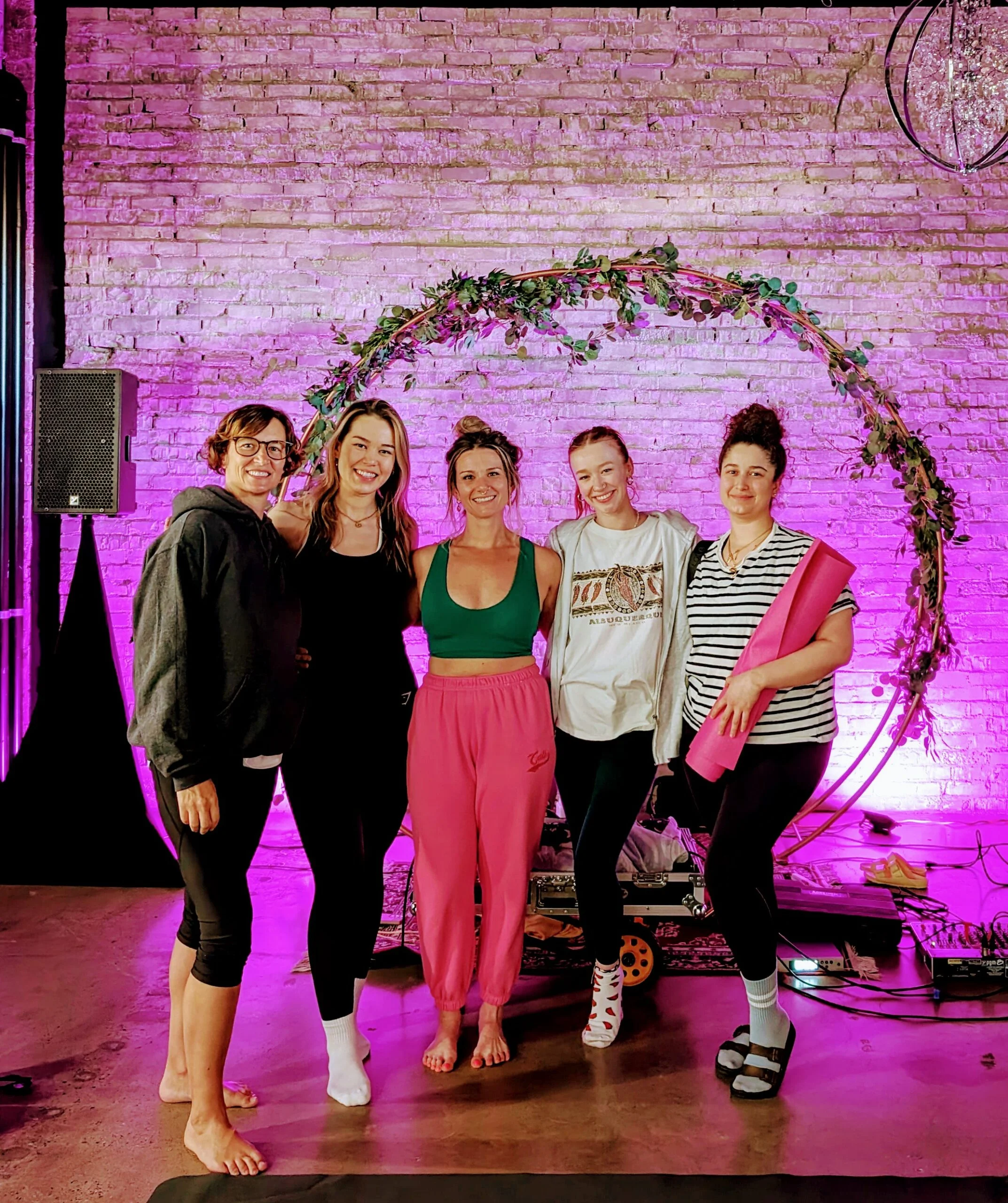Unlocking Shoulder Freedom: Mastering the D1 and D2 Shoulder Pattern
When we talk about overall fitness, we often focus on building strength, improving flexibility, or engaging in cardio activities. However, one essential part of our body often neglected is the rotator cuff – a cluster of four small, deep-seated shoulder muscles. These muscles work in harmony to facilitate shoulder movement and provide stability to the ball-and-socket joint. In this comprehensive guide, we will delve into the D1 and D2 shoulder stretch, exploring its description, how to perform it using a cable or band, the targeted muscles, and its significance for individuals facing chronic shoulder discomfort.
Description of the D1 and D2 Shoulder Pattern
The D1 and D2 shoulder stretch is a dynamic exercise that aims to enhance shoulder mobility and flexibility. This stretch encompasses a wide range of shoulder movements, making it particularly effective for individuals experiencing chronic shoulder pain or dysfunction. By incorporating both D1 and D2 patterns, you can boost the stability and range of motion in your shoulders, potentially preventing injuries and discomfort.
To perform the D1 and D2 Shoulder Pattern
To maximize the benefits of the D1 and D2 shoulder stretch, you can incorporate a cable or band. Follow these steps:
- **Secure a cable machine or resistance band to a fixed point at chest height.
- Stand with your side to the attachment point, ensuring your feet are shoulder-width apart.
- Grasp the handle or band with your far hand, palm facing down. This is the starting position for the D1 pattern.
- Extend your arm forward, away from your body, maintaining a slight bend in your elbow. This simulates the D1 pattern.
- Reverse the motion by bringing your arm back to the starting position.
- For the D2 pattern, grasp the handle or band with your near hand, palm facing down, and extend your arm away from your body at chest height.
- Repeat both patterns for 10-15 repetitions on each side.
- Perform this stretch with the cable or band regularly to enhance your shoulder’s range of motion and flexibility.
The Muscles in Question
Before we delve into the benefits of the D1 and D2 shoulder stretch, let’s familiarize ourselves with the primary muscles involved:
- Supraspinatus: This muscle is crucial for elevating the arm and plays a pivotal role during the D1 pattern.
- Infraspinatus and Teres Minor: These muscles facilitate shoulder rotation and are actively engaged in the D2 pattern.
- Subscapularis: Responsible for internal rotation of the shoulder, this muscle complements the other rotator cuff muscles to provide overall shoulder stability.
- Teres Minor: This muscle works in tandem with the infraspinatus to facilitate external rotation, further enhancing the shoulder’s range of motion.
Why Do You Need to Stretch These Muscles?
The D1 and D2 shoulder stretch offers numerous benefits for various individuals. Here are compelling reasons to make this stretch a part of your routine:
Occupations:
- Office Workers: Long hours spent sitting at a desk can lead to shoulder stiffness and discomfort. The D1 and D2 shoulder stretch can help alleviate these issues and improve posture.
- Orthopedic Surgeons: Orthopedic surgeons who specialize in shoulder surgeries may recommend D1-D2 shoulder pattern exercises as part of post-surgical rehabilitation to improve mobility and strength in the shoulder joint.
- Manual Laborers: Repetitive arm movements, such as those performed by construction workers, painters, or warehouse personnel, can strain shoulder muscles. This stretch provides relief and helps prevent overuse injuries.
- Chiropractors: Chiropractors may use D1-D2 shoulder pattern techniques as part of their treatment plans for patients with shoulder pain or dysfunction resulting from misalignments in the spine or other joint issues.
Sports:
- Volleyball: Volleyball players use their shoulders for spiking, serving, and blocking. D1-D2 exercises can be beneficial for improving shoulder stability and preventing injuries in volleyball athletes.
- Rock Climbing: Rock climbers depend on their shoulders for various movements, including reaching, pulling, and holding body weight. D1-D2 exercises can aid in shoulder conditioning and injury prevention for climbers.
- Tennis: Tennis players often engage in repetitive shoulder movements, especially during serves and overhead shots. These exercises can help maintain shoulder flexibility and reduce the risk of overuse injuries.
- Golf: While golf is not as high-impact as some other sports, golfers still use their shoulders extensively during swings. D1-D2 exercises can assist golfers in maintaining proper shoulder mechanics and preventing injuries related to repetitive motion.
Common Conditions:
- Rotator Cuff Injuries: Individuals recovering from rotator cuff injuries can benefit from the D1 and D2 shoulder stretch as part of their rehabilitation program.
- Frozen Shoulder: People suffering from frozen shoulder (adhesive capsulitis) can find relief from the controlled movements of this stretch, helping to regain mobility.
- Shoulder Impingement Syndrome: The patterns help alleviate impingement by strengthening the rotator cuff muscles and improving shoulder mobility.
Incorporating the D1 and D2 shoulder stretch into your daily routine can be a game-changer for your shoulder health. Whether you’re an office worker, laborer, athlete, or someone recovering from shoulder-related conditions, this stretch offers a myriad of benefits. By promoting shoulder mobility, preventing injuries, and alleviating discomfort, the D1 and D2 shoulder stretch is a valuable addition to your wellness regimen. Start today, and take a step toward achieving stronger, more flexible shoulders. Your body will thank you for it.





